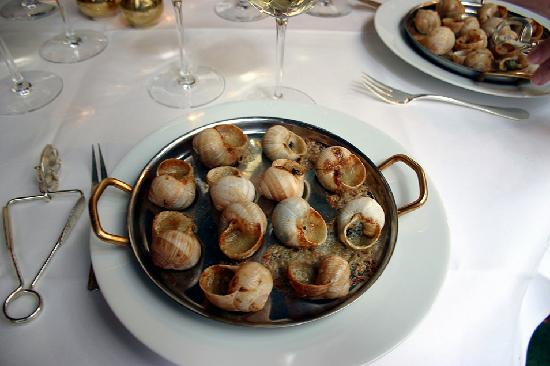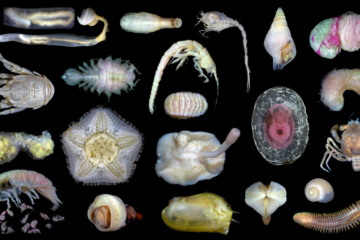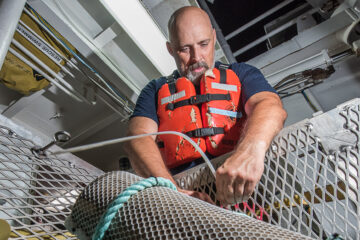
 My new article is out at Paleobiology! What caused the Mesozoic Marine Revolution? More food!
My new article is out at Paleobiology! What caused the Mesozoic Marine Revolution? More food!
Seth Finnegan, Craig M McClain, Matthew A Kosnik and Jonathan L Payne (2011) Escargots through time: an energetic comparison of marine gastropod assemblages before and after the Mesozoic Marine Revolution. Paleobiology: Spring 2011, Vol. 37, No. 2, pp. 252-269.
| Abstract |
|---|
The modern structure of marine benthic ecosystems was largely established during the Jurassic and Early Cretaceous (200-100 Ma), a transition that has been termed the Mesozoic Marine Revolution (MMR). Although it has been suggested that the MMR marks an increase in the average energy consumption of marine animal ecosystems, this hypothesis has not been evaluated quantitatively. In this study, we integrate body size and abundance data from the fossil record with physiological data from living representatives to estimate mean per capita metabolic rates of tropical to subtropical assemblages of shallow-marine gastropods—a major component of marine ecosystems throughout the Meso-Cenozoic—both before and after the MMR. We find that mean per capita metabolic rate rose by  150% between the Late Triassic and Late Cretaceous and remained relatively stable thereafter. The most important factor governing the increase in metabolic rate was an increase in mean body size. In principle, this size increase could result from secular changes in sampling and taphonomic biases, but these biases are suggested to yield decreases rather than increases in mean size. Considering that post-MMR gastropod diversity is dominated by predators, the net primary production required to supply the energetic needs of the average individual increased by substantially more than 150%. These data support the hypothesis that benthic energy budgets increased during the MMR, possibly in response to rising primary productivity.
150% between the Late Triassic and Late Cretaceous and remained relatively stable thereafter. The most important factor governing the increase in metabolic rate was an increase in mean body size. In principle, this size increase could result from secular changes in sampling and taphonomic biases, but these biases are suggested to yield decreases rather than increases in mean size. Considering that post-MMR gastropod diversity is dominated by predators, the net primary production required to supply the energetic needs of the average individual increased by substantially more than 150%. These data support the hypothesis that benthic energy budgets increased during the MMR, possibly in response to rising primary productivity.


